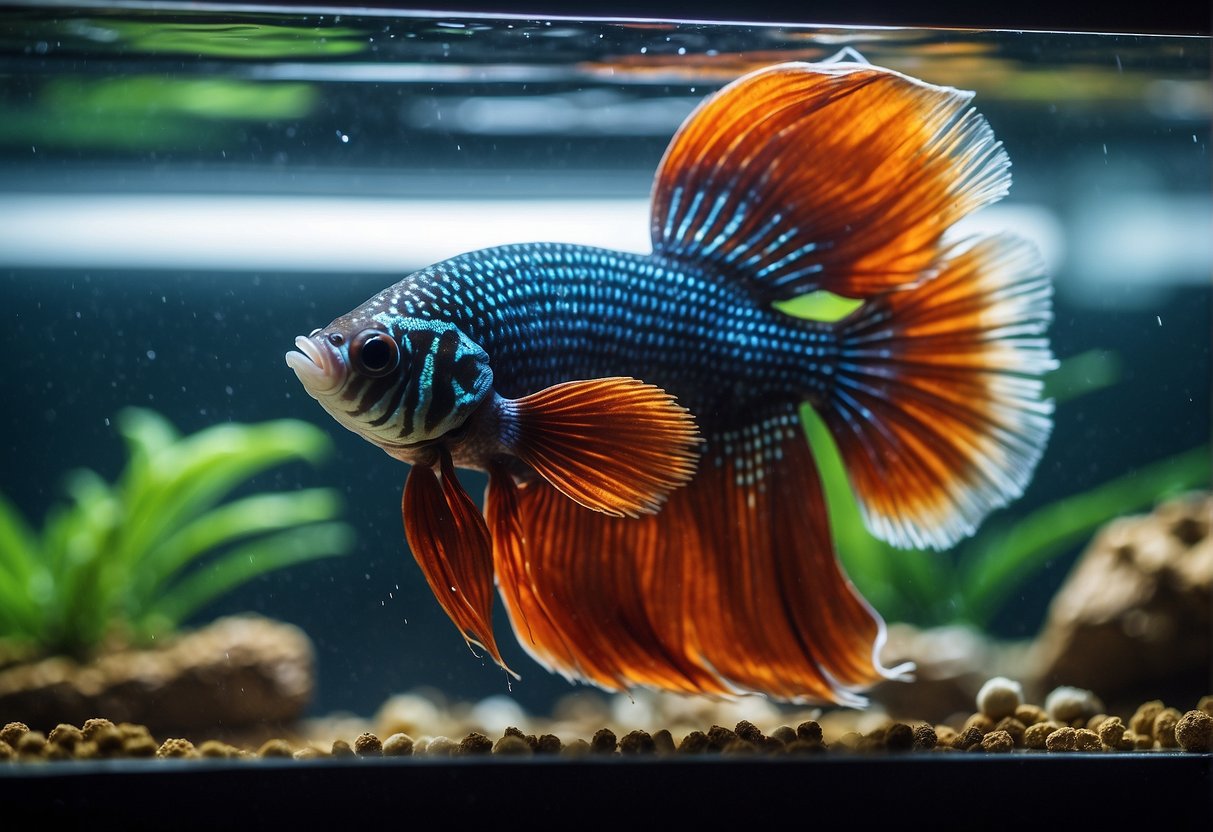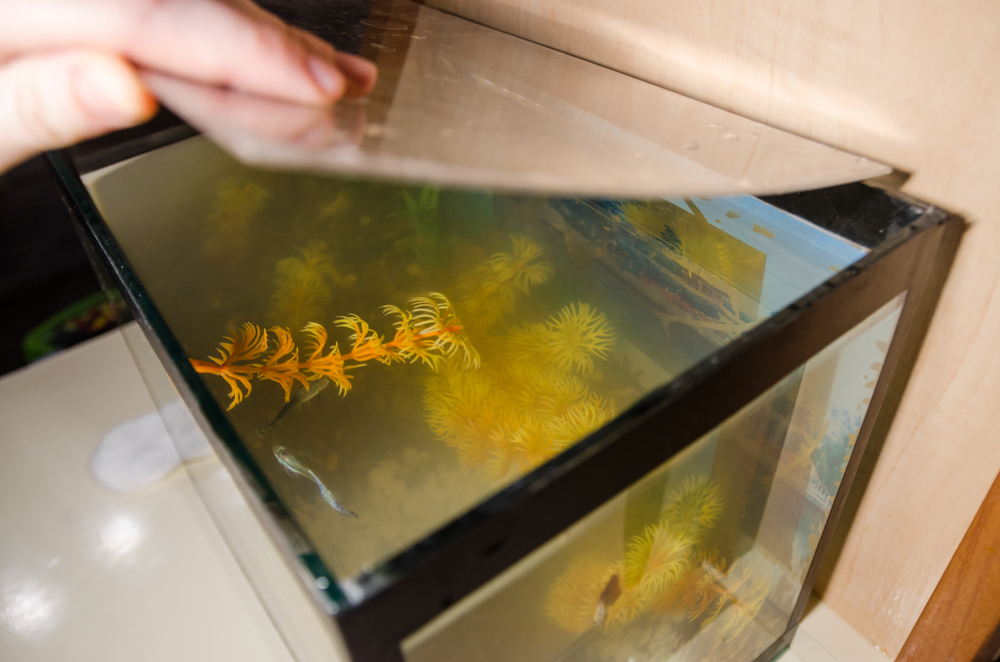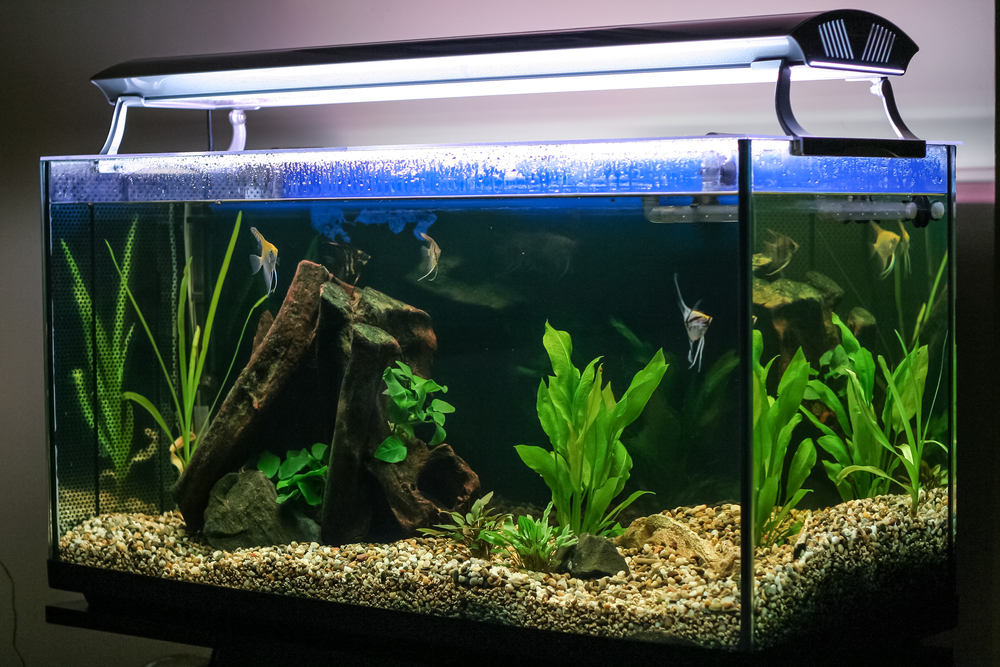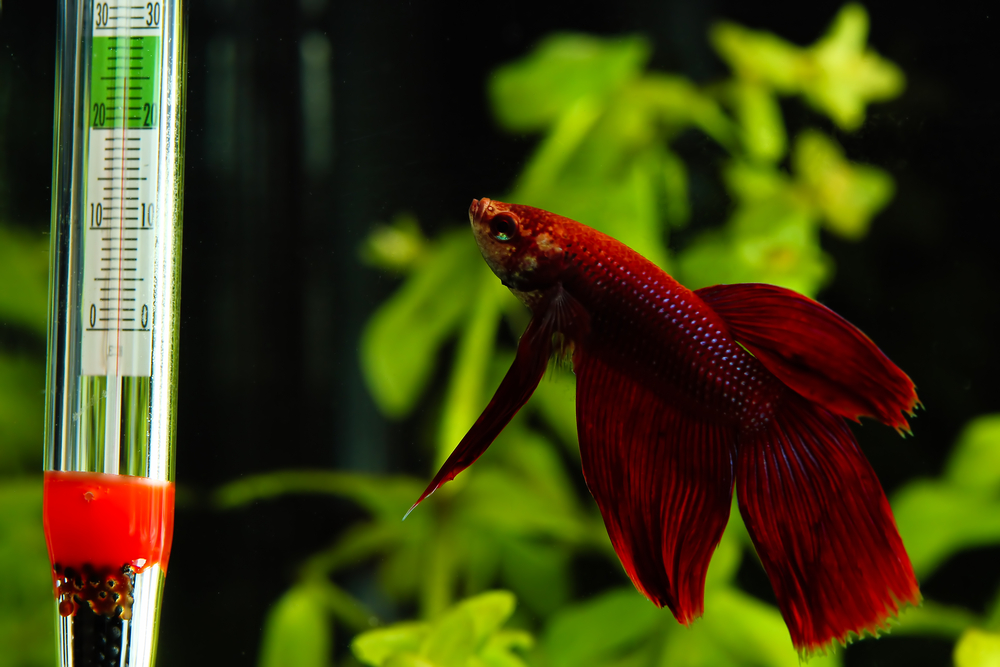Originating from the shallow waters of Southeast Asia, Betta fish are ornamental, tropical fish loved by fishkeepers worldwide. They are largely found in Cambodia, Thailand, and Malaysia. This freshwater species is quite famous, and most beginner fishkeepers consider it their favorite. However, they need special attention to their environment.

Bettas thrive at temperatures between 76°F and 82°F. Anything too low or high can be fatal. A standard heating system is not always available. In that case, you need alternative heating sources to help maintain a steady water temperature and keep betta fish warm.
You also need a functional aquarium thermometer that allows you to track the temperature closely and make necessary adjustments swiftly. This guide provides insight into betta fish and alternative heating sources.
Check out these other top picks in this category:
- Why Is My Betta Flaring at Nothing?
- How to Transfer Betta Fish from Cup to Tank
- What to Do if Your Betta Fish is Pregnant
Contents
Understanding Betta Fish Natural Habitat

Bettas’ natural habitat tends to be slightly acidic or neutral, with a pH level typically around 6.5 to 7.0. They thrive in standing or slow-moving waters where conditions are stable, with temperatures remaining between 76°F and 82°F (24°C to 28°C). Though adaptable, bettas prefer these warmer temperatures, vital for their immune system and metabolic functions.
Strategies for Retaining Heat without Heaters

To ensure the well-being of betta fish in a tank without a heater, You can adopt several effective strategies to maintain a warm environment. These methods work by retaining or generating heat using tools and conditions already present in the home.
1. Insulating Your Betta Fish Tank
Insulating a betta fish tank is an excellent way to maintain a stable temperature, especially without a conventional heater. One of the materials often used by Betta keepers is Styrofoam. It is a common choice due to its high insulation properties and low cost. Another option is reflective foil insulation, which reflects heat into the tank.
2. Using Tank Covers

Another effective and easy method of maintaining warmth for your Betta fish is providing a hood or canopy for the tank. This simply means using the tank’s lid. A glass lid is more efficient in reducing heat evaporation than plastic or mesh alternatives.
It’s essential to make sure that the tank cover has adequate air exchange and feeding openings while minimizing heat loss. Likewise, you can use a canopy not just as an insulator but also to enhance the aesthetics of the tank setup. Ensure the canopy fits securely and allows easy access for regular tank maintenance.
3. Placement Near Heat Sources
Placing the betta fish tank near warm areas can help sustain the necessary temperature. You can identify warm spots around the house, such as near a room heater or central heating system. It can also be areas within the house that are naturally warmer. For example, areas that often receive enough sunlight or less airflow mean less heat dissipation from the tank.
However, you must avoid direct contact with heat sources to prevent rapid temperature changes, which can be harmful. The ideal placement ensures the tank utilizes ambient warmth without exposure to extreme heat or cold from nearby windows or doors.
4. Utilizing Room Temperature

The ambient room temperature is key to maintaining warmth in a betta fish tank. Consistently keeping my living space warm helps create a stable environment for the betta fish. Carefully monitor the room temperature and adjust the household’s thermostat, considering bettas thrive between 76°F and 82°F.
5. Leveraging Sunlight Exposure
Exposing the betta tank to natural sunlight can help warm the water, especially when direct heater use is not an option. Place the tank where it can receive indirect sunlight during the day, raising the water temperature. However, you want to avoid placing the tank in direct sunlight, which can cause excessive temperature fluctuations and promote algae growth.
Alternative Ways to Keep Betta Fish Warm
Aside from the methods mentioned above for keeping your Betta fish warm, here are other methods that can be more energy efficient and still provide the necessary warmth.
1. Making Use of Heating Pads and Mats
Heating pads and mats are excellent alternative methods for elevating tank temperatures. Placing a heating pad or mat underneath or against the side of the aquarium can create a stable heat source that is both energy-efficient and gentle.
It’s important to monitor the temperature closely. This is to ensure the steady, low-level heat does not fluctuate too drastically, risking the well-being of the betta.
2. Adding Aquarium Lighting

Adequate lighting is another potent way to keep your betta tank warm without a conventional heater. Aquarium lights, primarily LED lights, serve a dual purpose: they illuminate the environment, promoting the health of the fish and any live plants, and they can also contribute to the tank’s warmth.
However, it’s imperative that you carefully assess the impact of the lighting setup on the tank’s temperature. Remember that lighting is solely used as a supplementary heat source without causing overheating.
3. Aiding Heat with Room Heaters
This method takes time to implement, but it does magic, too. Adding a room heater helps maintain the appropriate ambient temperature, indirectly providing warmth for your bettas. Still, you want to use one of the more energy-efficient heaters, and you must position the tank safely near the room heater.
Monitoring Water Temperature
Monitoring water temperature is vital to ensure the health and comfort of betta fish. An aquarium thermometer is the go-to instrument for monitoring water temperature.
A good quality thermometer provides accurate readings in either Celsius or Fahrenheit, which is vital because even temperature fluctuations can significantly affect my betta’s health. A digital thermometer with a probe inside the tank offers real-time temperature data at a glance.
Frequently Asked Questions

As a seasoned aquarist, this section addresses the most common questions about maintaining appropriate temperatures for betta fish.
What are alternative methods to maintain a warm environment for betta fish in lieu of a traditional heater?
Employing blankets or foam is a great way to maintain warmth. Additionally, positioning the tank in a warm part of the house or near moderate heat sources, such as a space heater, can be beneficial.
How can I ensure my betta fish’s water stays warm during winter months without an aquarium heater?
You can use the tank’s hood or canopy to retain more heat in the water during the colder months. You also want to keep the room well-insulated and avoid drafts that can cause temperature fluctuations.
Can wrapping a fish tank with towels help in retaining heat and is it safe for betta fish?
Wrapping a tank with towels can act as an insulator to help retain heat. This method is safe as long there’s still adequate oxygen exchange and the towels don’t become wet and harbor bacteria.
What is the impact of room temperature on betta fish and how can it be managed without a heater?
Room temperature significantly affects the tank’s water temperature. If you keep the room warm, the tank temperature follows. So, monitor and maintain a stable room temperature without a heater, especially during cold spells.
How often should I change the water to maintain a suitable temperature for my betta fish without a heater?
Changing 10-15% of the water once a week is fine. You should perform partial water changes with water at the ideal temperature.
What are the signs of temperature distress in betta fish, and how can I mitigate it without using a heater?
Signs include lethargy, loss of appetite, and color fading. To mitigate this, gradually change the water temperature and monitor the tank’s warmth, adding an extra insulation layer if necessary.

Ian Sterling, founder of Fishlab.com, began his aquarium journey over 30 years ago, driven by a deep fascination for fish and their diverse personalities. His website, Fishlab.com, is dedicated to making fishkeeping accessible and enjoyable, offering beginner-friendly guidance, expert insights, and a community for aquarists to connect and share experiences.


